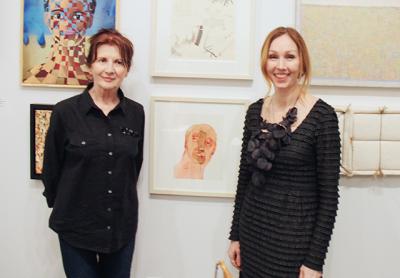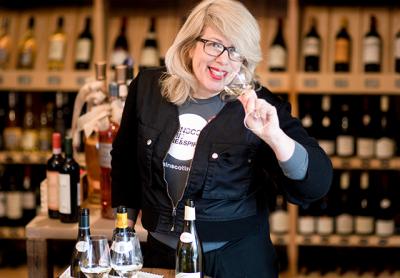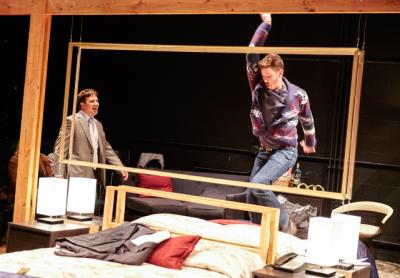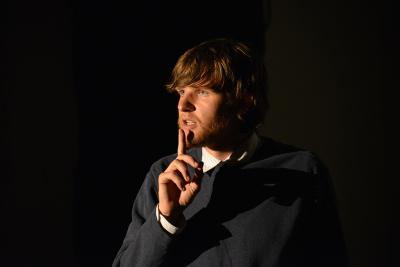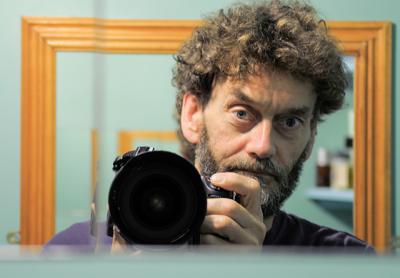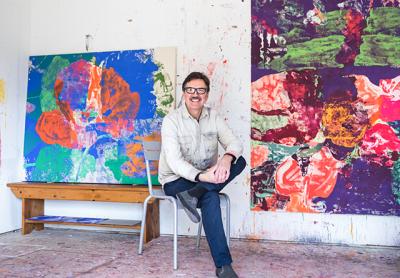The Art Scene: 04.13.17
The Art Scene: 04.13.17
Emerging Artists at Malia Mills
“Icebox Tilt,” the final show in the Spring Salon at Malia Mills in East Hampton, will be on view today through Wednesday, with a reception set for tomorrow from 5 to 7 p.m.
The exhibition includes paintings, prints, textiles, sculpture, and video, ranging from the personal and autobiographical to more observational and abstracted explorations. The artists draw inspiration from the improvised and resourceful nature of an icebox “tilt — a meal,” made by tipping the fridge over and using what falls out.
Participating artists are Sara Salaway, Rosie Nalle, Sarah Madden, Morgana Tetherow-Keller, Soren Hope, and Maya Shengold. Five are recent graduates of Bennington College; Ms. Hope graduated from Carleton College in 2015.
Two Solos at Olko
The Monika Olko Gallery in Sag Harbor will open concurrent solo shows of work by Paton Miller and Brett Loving with a reception tomorrow from 6 to 8 p.m. The exhibitions will run through May 9.
Mr. Miller’s work draws on his early influences, his personal life, his travels, and his adventures in a style that amalgamates figuration, abstraction, expressionism, and a hint of art brut. Two of his paintings are on view at the United States Embassy in Havana.
Energy, intuition, and a sense of color inform Mr. Loving’s art. He uses modern machinery and self-designed pieces to create form and light through the manipulation of color. He works on canvas, wood, metal, and linen using skills and tools he has acquired as a designer.
Drawing Room Reopens
Having spent the winter months overseeing its projects at Victoria Munroe Fine Art in Manhattan and being open in East Hampton by appointment only, the Drawing Room is easing its way into the upcoming season with a group show of gallery artists.
The spring installation features work by John Alexander, Jennifer Bartlett, Mary Ellen Bartley, Christopher French, Mel Kendrick, Laurie Lambrecht, Kathryn Lynch, Aya Miyatake, Thomas Nozkowski, Dan Rizzie, and Jack Youngerman. During April the gallery will be open Sundays from 11 a.m. to 5 p.m. and by appointment.
Grooving at Ashawagh
If it’s April, it must be time for Art Groove to take over Ashawagh Hall in Springs for the weekend. The seventh iteration of the multimedia event will include art, music, and video on Saturday from noon to 11 p.m. and Sunday from 11 a.m. to 5 p.m.
A reception, set for 6 to 11 Saturday night, will include a live performance by #9, a new indie rock group, and a set by the King Bees, an R&B band featuring Frank Latorre. In addition, “Reboot” and “Redressed,” mapped motion graphics videos by John Jinks, will be projected on the outside of the building at dusk.
The exhibition includes work in a variety of mediums by 14 East End artists, including the first showing of paintings by the sculptor Hans Van de Bovenkamp.

